Why do we hold yoga poses?
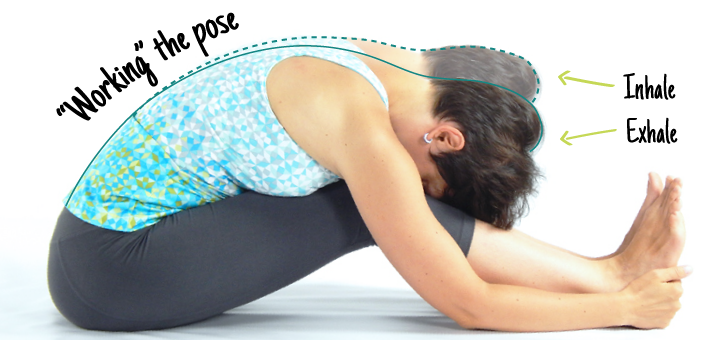
I had a student many years ago who, due to some psychological issues, wasn’t able to keep her internal dialog to herself. Whenever she took my class, she would have a constant stream of feedback about her experience in every pose. If I came within an earshot of her whisper, I would hear things like: “I can’t stand being here – how long do we have to stay in this damn pose? Did she forget about me? This is so uncomfortable; get me out of here. I hate this!” etc. I must admit it was disturbing at first. But after each class, she would come over and tell me what a great release the class was for her and how much she appreciated it. Gradually, I came to realize that it was part of her process. And if we are honest with ourselves, we’ll admit that we have similar thoughts when we bump up against our own resistance (physical or mental). Then it’s up to us whether we stay or run away. Staying in yoga poses teaches us to deal with this resistance and overcome it. This sentiment, of course, excludes the instances when the pose puts us in actual physical pain. If that’s the case, we should get out of the pose completely or modify it so that we get the benefits without causing damage.
We have previously discussed how repeating the pose prepares the body and mind for the intensity of holding it. Holding the yoga pose statically after repeating it a few times leads to a more profound physical, physiological, and psychosomatic (mind-body) transformation.
The physical benefit of holding the pose extends far beyond stretching the muscles. It affects both muscles and connective tissue, which in turn send signals to an autonomic nervous system. If we do not repeat the pose first, the holding becomes less effective and can be counterproductive (if the static posture challenges your muscles too much, instead of releasing, they will contract even more in an attempt to protect themselves). By approaching the stretch gradually (after contracting), you are slowly encouraging your muscle to release and adapt to this new range of movement, increasing its tolerance.
On the level of fascia, the most important thing is to keep your tissues hydrated. Brook Thomas compares dehydrated fascia to a dried-up household sponge – it becomes brittle (1). But if you soak the sponge in water, it becomes much more pliable and resilient. Keeping your fascia adequately hydrated helps the connective tissues to slide against each other instead of sticking together and to adapt to the internal and external forces with greater ease. What keeps your fascia hydrated? Movement and manual manipulation. Manual manipulation is something that your manual therapist can do, and movement is something that you need to do yourself. You need to lubricate your connective tissues before you can attempt to work on redistributing the tension along the myofascial meridians (lines of tension).
Let’s be clear – there is a big difference between the tension within the individual muscle and the tension along the myofascial meridians (that usually link several muscles, tendons, and ligaments). Muscle tension means that the muscle is locked in a shortened state and is not working properly. We want to encourage the muscles to release this chronically held tension. On the other hand, there ALWAYS will be tension along myofascial meridians because this is how the body organizes its multiple parts, remains upright, and maintains its mobility (just like a circus tent needs equally distributed tension along all the ropes to remain balanced and stable. Humans are a bit more complicated :). The question here is not about releasing tension per se but about REDESTRIBUTING it. When each meridian is doing its share of work supporting the structure and maintaining a healthy degree of tension, the body is balanced and pain-free. When one (or more) meridian is concentrically loaded (pulls) and another one(s) is loaded eccentrically (being pulled on), then we start having problems.
Most yoga poses create a pull along myofascial meridians, which makes them very effective in working with the entire lines of tension.
We have to be mindful, though, not to overstretch the areas that are already strained. If the back of your body is chronically contracted while the front of the body is weakened and strained, spending too much time on backbends that are not balanced out with forward bends will only exacerbate the issue. Often, you do not need to rework the entire practice to address the seemingly contradictory physical requirements of your students. For example, both students with tight anterior structures and tight posterior structures will benefit from the following string of poses; they’ll have to hold different poses (students who have tightness in the front might benefit from longer holds on Virabhadrasana 1, while students with tightness in the back could stay in Uttanasana a bit longer. Both need to prepare adequately, though.)
Yogis, of course, didn’t concern themselves with the lines of tension but spoke instead of energy channels (nadis). Asana practice was always about moving the energy throughout the system. My teacher Gary Kraftsow calls yoga poses “prana pumps.” Ultimately, the purpose of asana is to move the life force (prana) into different parts of the human system via the energy channels, using breath as a vehicle. For the energy to flow freely, we need to position the body in a way that creates organic, open energy lines; otherwise, we will end up with the effect of “kinking the hose” (just like you do when you kink the garden hose – it stops the flow).
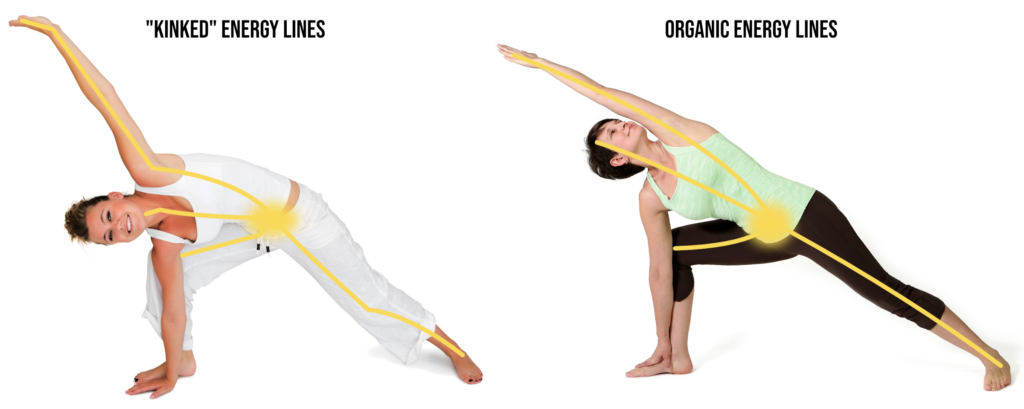
Interestingly, those organic energy lines correspond closely with stretching along myofascial meridians. So whether your interest is mostly physical or mostly energetic, you will do the same thing to reap the benefits.
Breath is fundamental to both physical and energetic purposes, as well. If your primary focus is on working with the lines of tension, deepening your breath while holding the pose will switch your autonomic nervous system from sympathetic activation (“Get me out of here! I can’t tolerate it!”) to parasympathetic (“This is not so bad. I can handle it. It actually feels kind of good.”)
If your primary focus is on the energetics of the practice, breath is essential. According to the yoga tradition, energy follows breath and attention. It is not enough to just assume a certain position. You need to actively “work it” by deepening the breath, imagining moving the energy along the primary energy line (which is the spine), using the breath as a vehicle, and making subtle physical adjustments to make that line more open. Only then can you get the maximum effect from the pose.
On the psychosomatic level, students can experience profound release while holding a yoga pose. Depending on the pose and how you work it, it can help you feel more strong and powerful, more soft and accepting, and so on. Those types of effects can come from the pose itself (for example, adding a prayer gesture to your pose can convey the message of surrender), from how you package the poses within the practice (the theme that you select for the practice), or from your student’s own internal process (students will respond differently to the practice based on their own unique experience.) One story that my teacher told comes to mind. He’s been working with a new student – a tough, no-nonsense guy who worked in construction and had been suffering from lower back pain for the past five years. After finishing his yoga practice, Gary made a special effort to find a resting position for this guy that made him completely comfortable and had him rest there for a while. And his student had burst into tears. This was the first time in five years that he had NO PAIN. Holding the yoga pose for several deep breaths is beneficial, whether it is physically challenging or not. We store all kinds of emotional issues in our bodies and never know when those will come out.
Every pose gives us an opportunity to investigate our patterns (physical and mental). When we practice with an open mind and focused attention, we have a chance to transform our patterns, and this is no small task. In the words of Gary Kraftsow: “In this way, asana practice becomes an experimental ground in which we experience, learn, and grow.” (2)

Too often in yoga practice flexibility is being advanced at the expense of stability. Excessive stretching is rarely useful because it leads to overall structural instability. Instead, we want to focus on strengthening the muscles that help the body maintain its structural integrity so that it stays properly balanced both at rest and in motion.

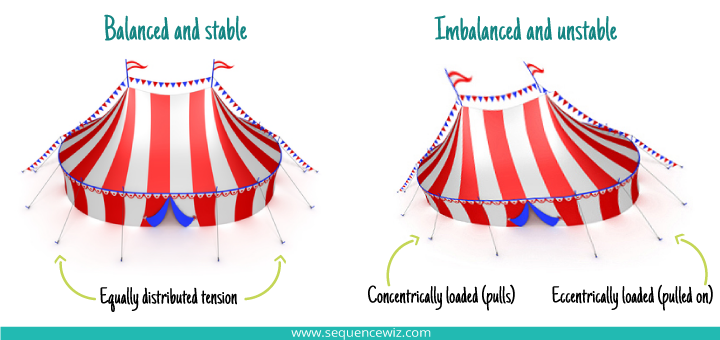
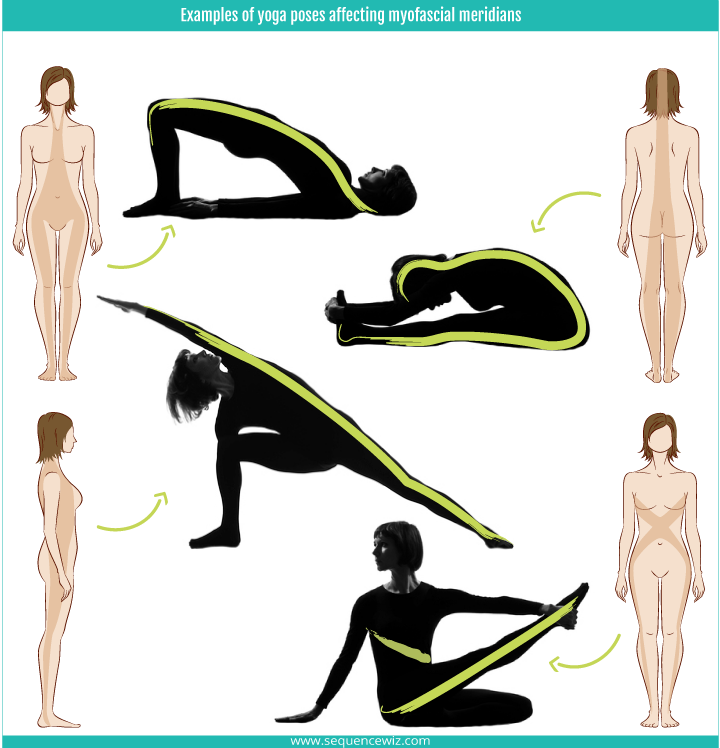
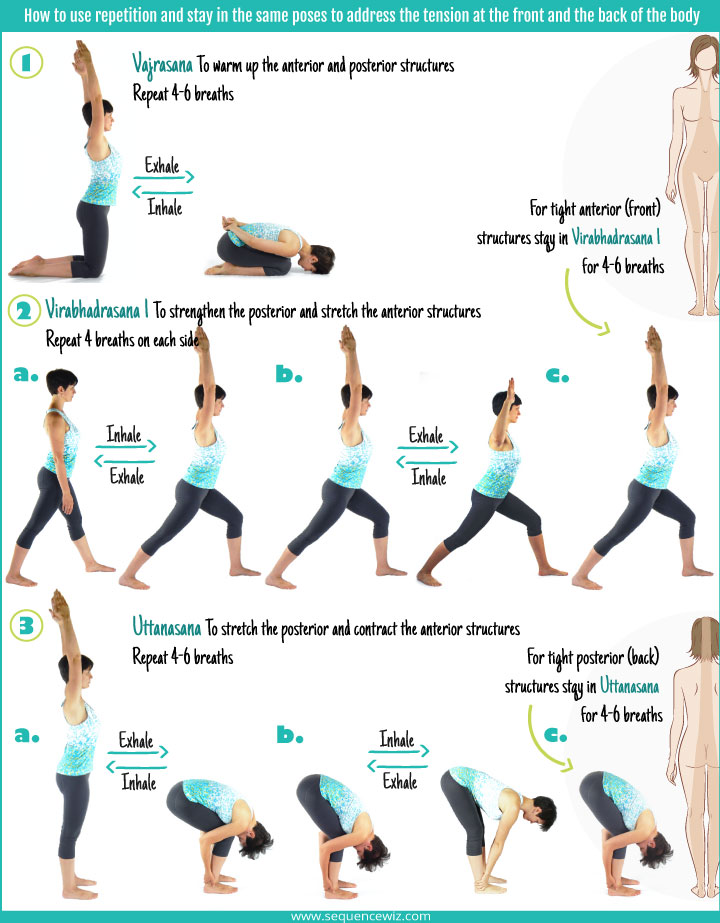
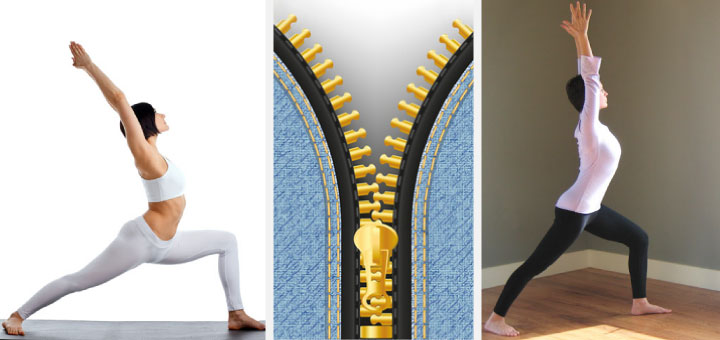

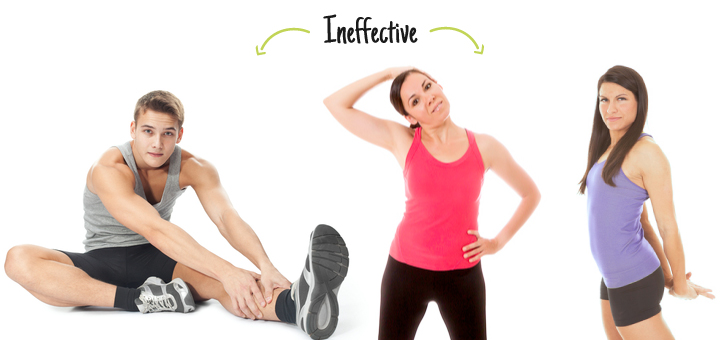
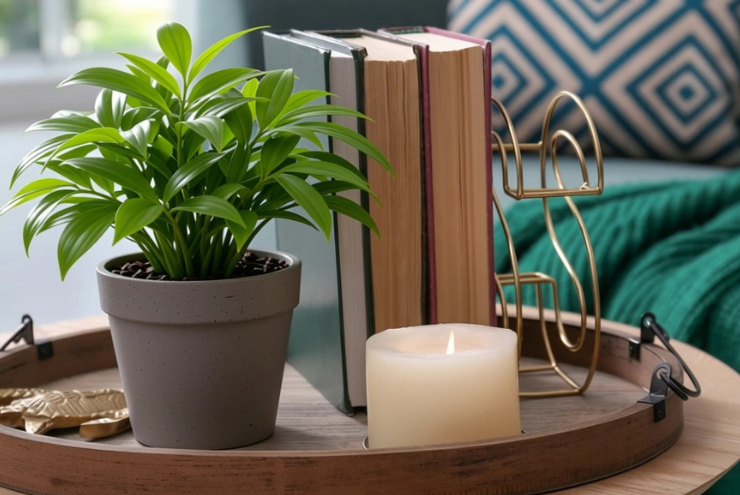
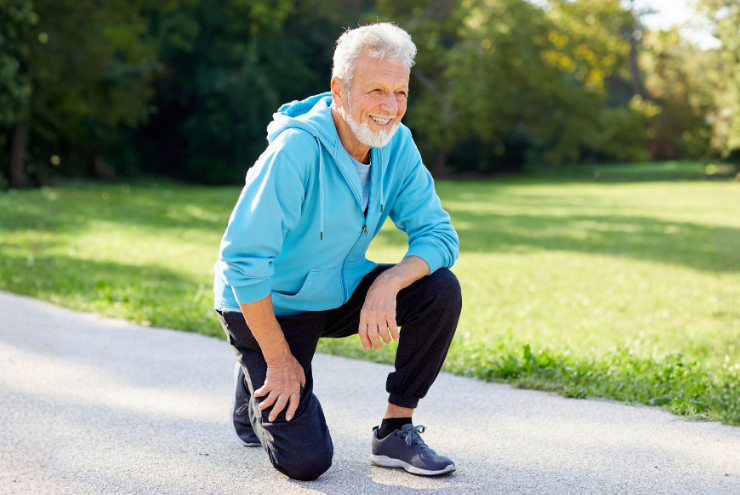
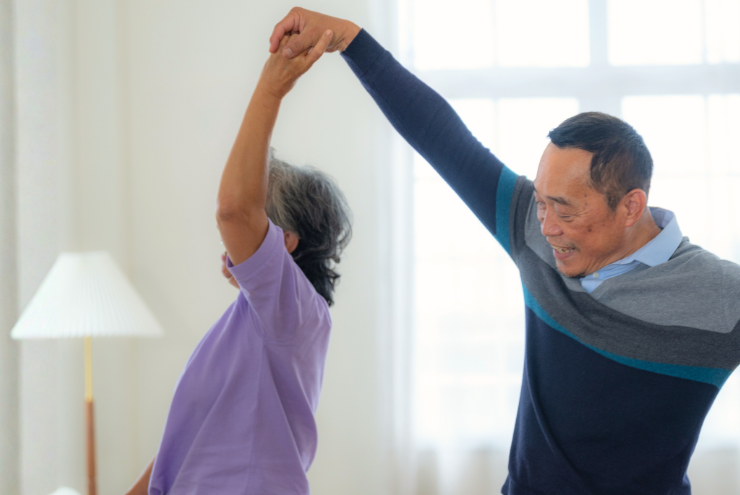
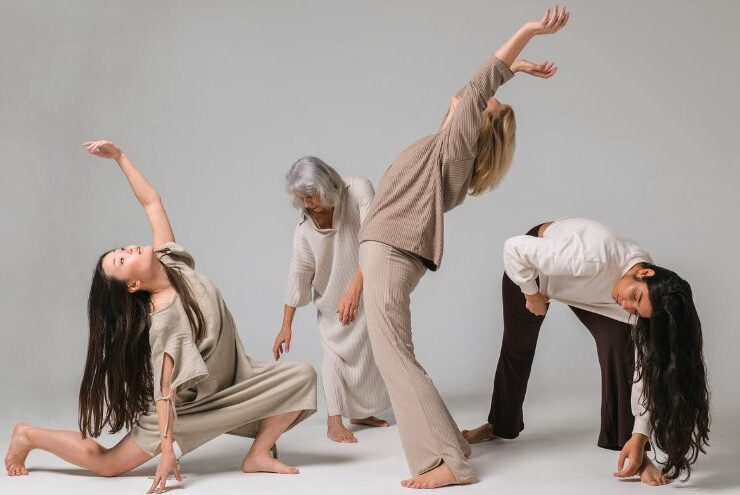
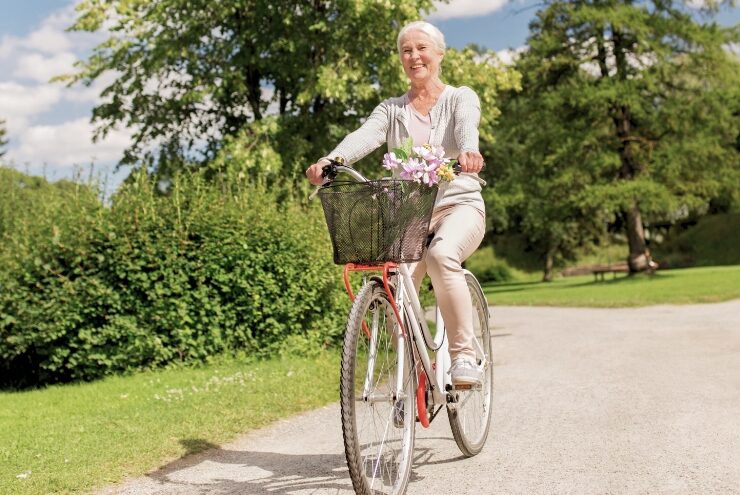

Dear Olga, I need to give you my congratulation for your web site. I am italian, but I live in Spain (sorry for my english..), working as yoga teacher and therapist. I studied in the tradition of Krishnamacharya as you.
I read all your weekly posts and I think they are the best about the pedagogy of yoga I have found. All your yoga practices are very interesting and efective. I really enjoy every time I receive a new post!
Hi Grazia, thank you so much! I am really happy to hear that somebody who had studied in the Krishnamacharya tradition (and already knows a lot about this stuff) still finds my articles useful. Where in Spain do you live? Is yoga therapy a widely accepted discipline there? I am always curious about what’s happening with yoga in other countries 🙂
Hi! I’m not much of a commenter, but I just wanted to say that I enjoy your posts and I learn a lot from them! Thank you.
Thank you Rachel, happy to hear that!
great post!
Thank you Aparna!
Hi Olga,
This is so true. I have been feeling brittle in the past few years. I know that I need to stay hydrated. I’ve started making and drinking bone and vegetable broths, which seems to help with lubrication. The photo of you with the organic energy lines is beautiful. I am a dancer with poor flexibility but a good sense of line. Thanks for the post.
awakenedsoul
Thank you Stephenie! If you are a dancer, I suspect that you are a Vata Ayurvedic type (Vatas love movement). Vata is an air element and is super sensitive to the changing of the seasons, especially when the weather is turning cold and windy. It makes them feel dry and brittle. You are right on with your solution of soups and broths – anything that is warm and liquidy is super useful for vatas right now. Also anything that makes you feel cozy and comfy. This Ayurvedic type stuff is so interesting and, from my experience, is right on. Stay warm!